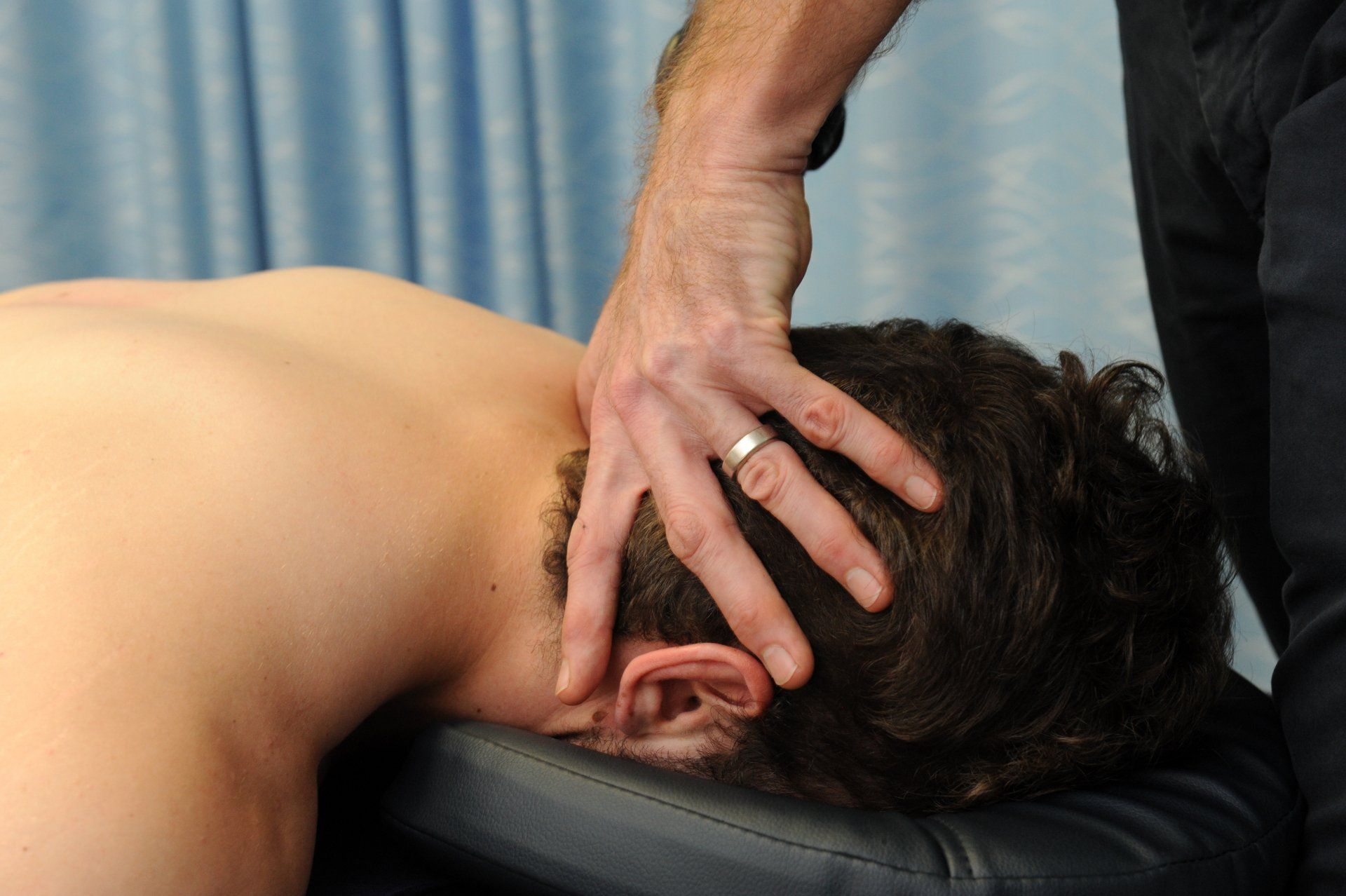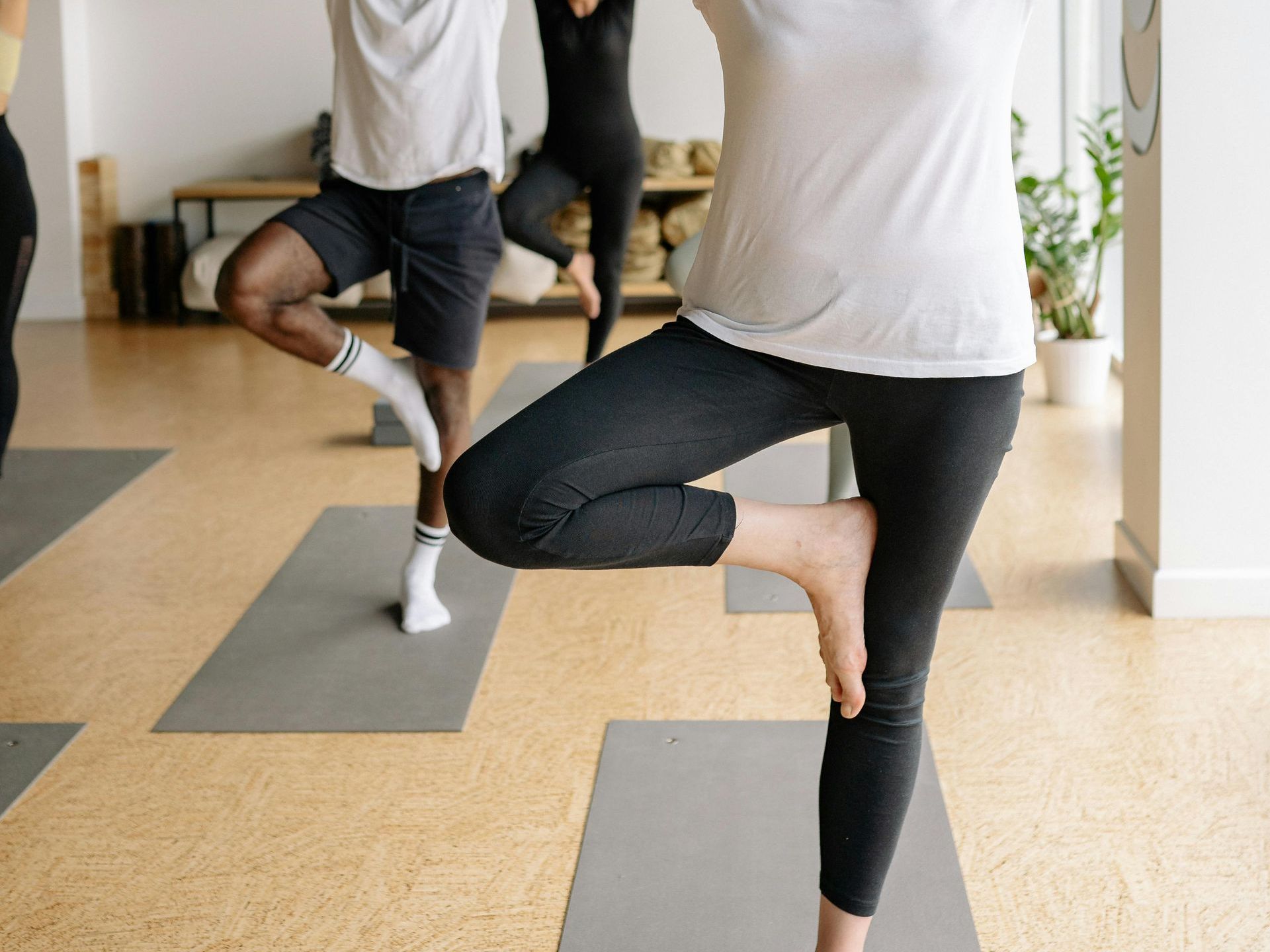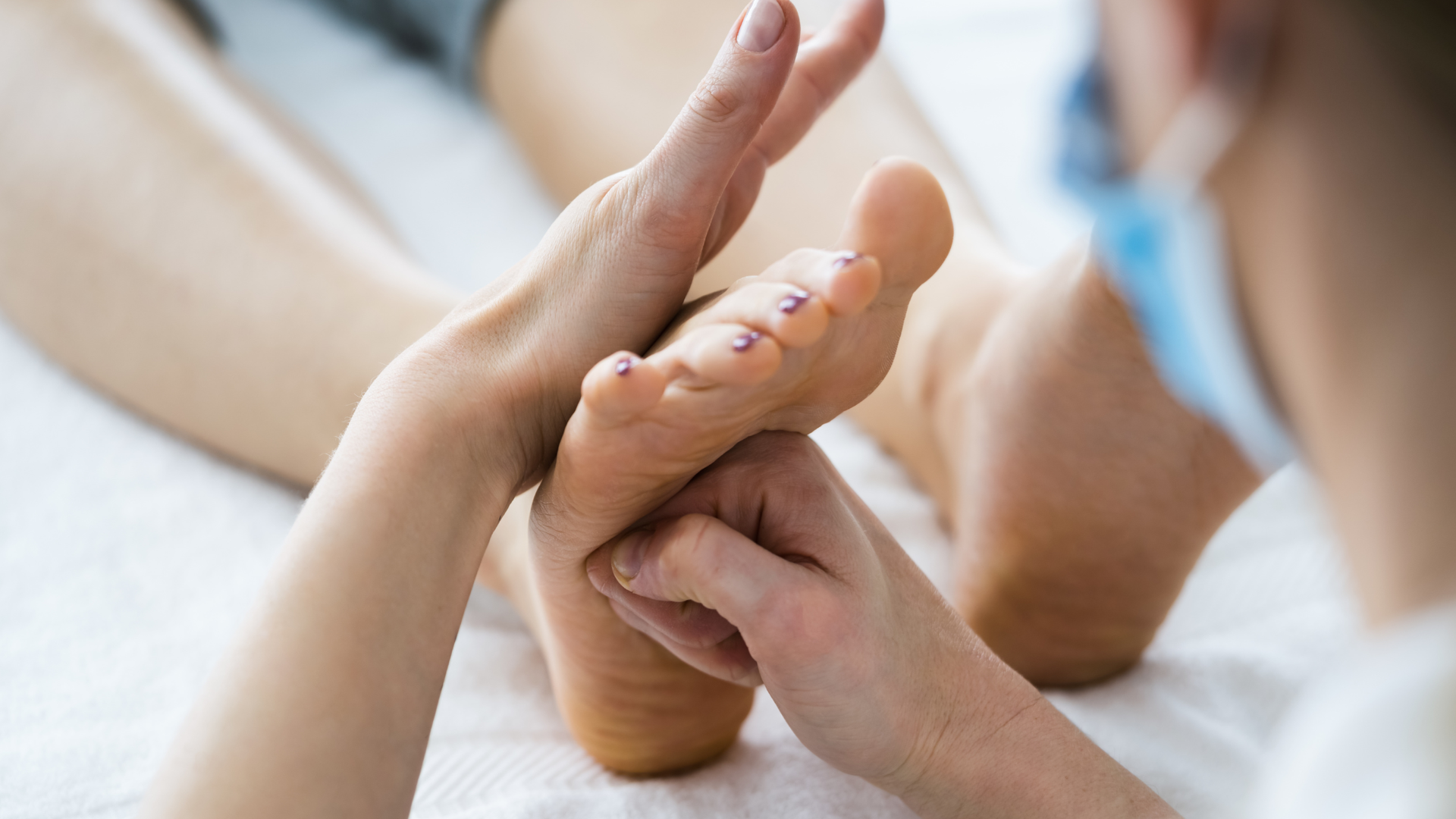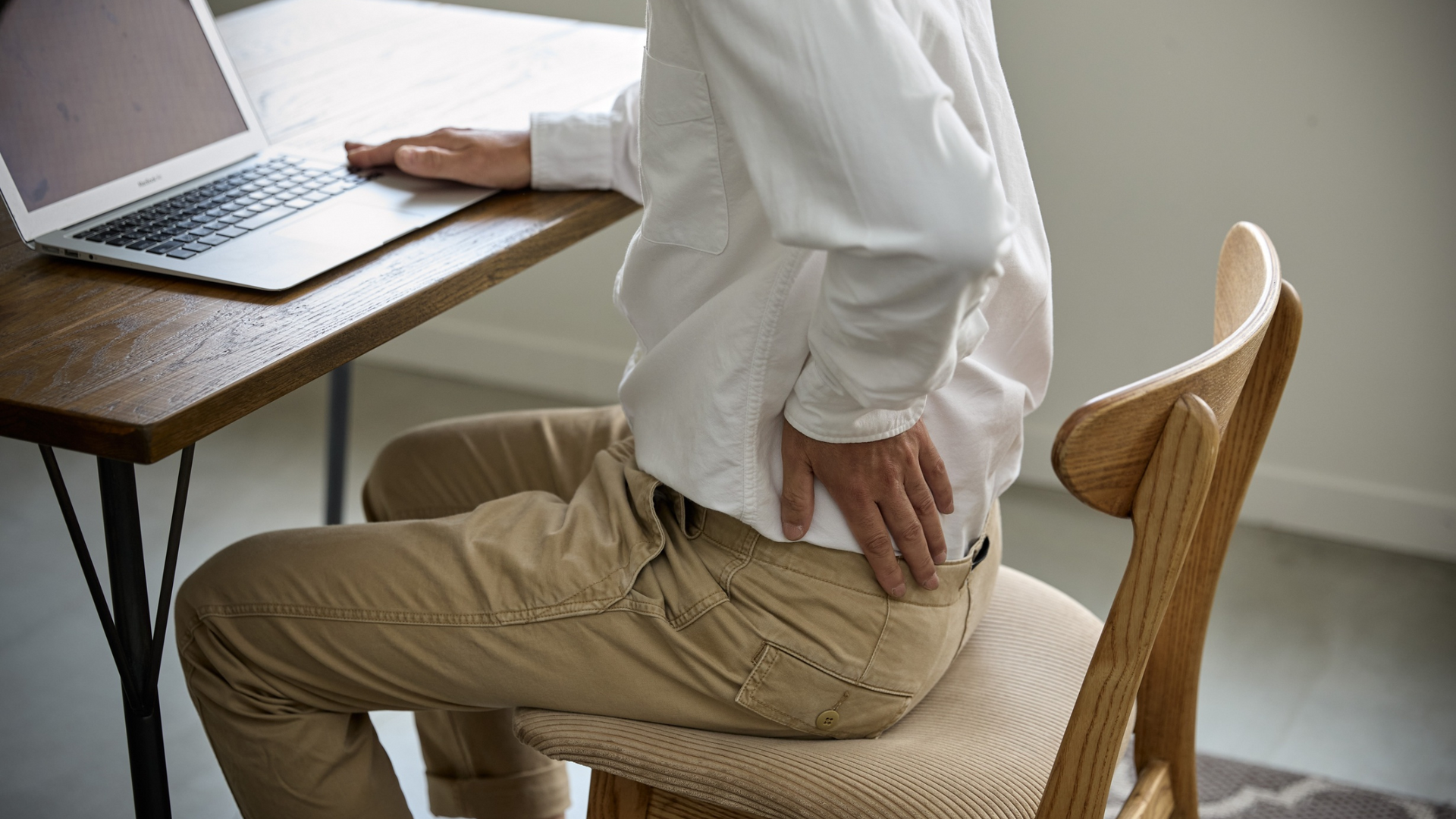Massage Therapy - Pre and Post Natal
Prenatal and postnatal massage can reduce stress, anxiety, and depression, and ease musculoskeletal-related pain.
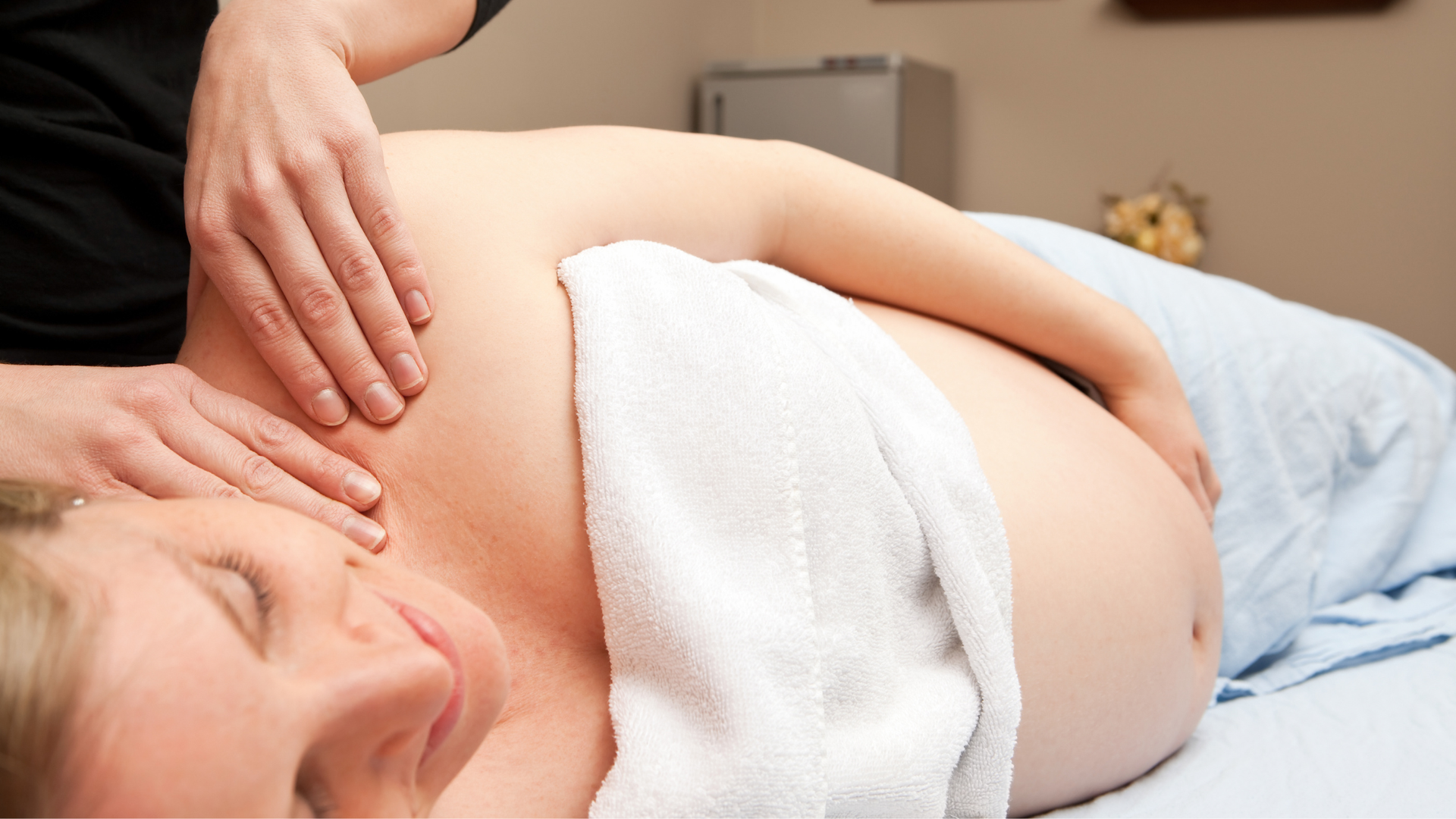
Pregnancy and early motherhood are physically and emotionally transformative experiences. Prenatal and postnatal massage therapy is increasingly recognized as a safe, non-pharmacologic adjunct for improving maternal well-being and addressing common physical and psychological symptoms associated with pregnancy and the postpartum period.
When performed safely and professionally by a qualified therapist, it can ease discomfort, support recovery, and enhance emotional wellbeing throughout the childbearing journey.
This comprehensive guide explores the latest scientific findings, clinical guidelines, and practical safety advice, ensuring you can make informed decisions during and after pregnancy.
What Is Prenatal and Postnatal Massage?
Prenatal massage is adapted for the needs of pregnant women, focusing on gentle, comforting touch to ease physical and emotional discomforts of pregnancy. Postnatal massage is designed for mothers who have recently given birth, supporting postpartum recovery, relieving muscular tension, and promoting emotional wellness. Both types utilize specialized techniques and therapist training to ensure safety and comfort.
Benefits of Prenatal Massage
Modern clinical research and consensus guidelines highlight an impressive list of evidence-backed benefits:
- Pain Relief & Musculoskeletal Support: Prenatal massage is proven to reduce lower back and pelvic pain, leg cramps, and joint discomfort—issues common during pregnancy due to shifting posture and weight gain.
- Reduced Swelling & Improved Circulation: Gentle massage stimulates both blood and lymphatic flow, reducing oedema and helping the body manage its increased fluid demands.
- Enhanced Sleep Quality: Massage can promote deeper, more restorative sleep, countering the sleep disturbances so frequent in the third trimester.
- Lowered Stress and Anxiety: Research consistently demonstrates that massage lowers cortisol levels and increases mood-stabilizing hormones, with positive impacts on both mother and developing baby.
- Labor Preparation: Certain techniques can reduce anxiety in late pregnancy, help regulate breathing, and decrease pelvic muscle tension, supporting a more positive birth experience. Spouse- or partner-administered massage during labor can reduce pain and shorten the first stage, complementing professional care.
Benefits of Postnatal Massage
After birth, massage continues to provide vital physical and emotional benefits:
- Aiding Recovery: Supports healing, especially after Caesarean or challenging births, by reducing swelling and enhancing blood flow to recovering tissues.
- Easing Muscular Tension: Relieves shoulder, neck, and back pain from breastfeeding, lifting, and caring for a newborn.
- Hormonal & Mood Support: Studies show regular postnatal massage reduces symptoms of anxiety and depression—including the “baby blues”—and improves mood by balancing key hormones.
- Better Sleep: Supporting restorative sleep is crucial for new mothers adjusting to an unpredictable schedule.
- Mother-Infant Bonding: Emerging research demonstrates that both receiving and administering soothing massage (such as infant massage) can strengthen mother-infant attachment and boost maternal confidence.
Safety Considerations: Guidelines, Contraindications, and Referral Criteria
Renowned organizations such as the American Congress of Obstetricians and Gynecologists (ACOG) and the American Massage Therapy Association (AMTA) stress that, when provided by trained professionals, prenatal and postnatal massage are generally safe for healthy pregnancies—but emphasize important precautions:
- Contraindications:
- High-risk pregnancies (e.g., pre-eclampsia, severe gestational hypertension, deep vein thrombosis, significant bleeding, or placenta previa)
- Unexplained abdominal symptoms, severe swelling, persistent headaches, or sudden changes in vision
- Open wounds, skin infections, fever, or contagious illness
- Referral Criteria and Standards of Care:
You do not need a referral to get massage therapy if you are pre- or postnatal, however we recommend you obtain clearance from your doctor or midwife if you have medical complications.
Our top tips:
- Always choose therapists with formal accreditation in prenatal/postnatal massage
- AMTA states side-lying positions and specialized bolstering should be used to avoid pressure on the abdomen and to support maternal blood flow
- ACOG advises against deep tissue techniques, abdominal work (unless specifically prescribed), and pressure points linked to uterine contractions unless guided by a healthcare provider
- Seek immediate referral to a healthcare provider if severe or sudden symptoms develop during a session (e.g., dizziness, chest pain, significant uterine cramping).
Appropriate Techniques and Areas of Focus
Safe prenatal and postnatal massage share a gentle, supportive approach. Techniques such as Swedish massage (long, gentle strokes), light effleurage, and lymphatic drainage are recommended. Deep tissue work, myofascial release, or vigorous approaches should be avoided unless advised by a specialist.
Your therapist will likely focus on your lower back, hips, legs, shoulders, and neck as these bear most of the strain during pregnancy and newborn-care. Therapists will generally avoid deep pressure on the inner legs (risk of clot formation) and direct abdominal manipulation.
Best Practices for Body Positioning
Proper positioning is essential for comfort and safety:
- Prenatal: Side-lying with supportive pillows and bolsters is preferred, particularly in the second and third trimesters. Semi-reclined positioning is also common. Lying flat on the back (supine) for extended periods is avoided due to possible reduced blood flow.
- Postnatal: Sessions are adapted to any ongoing discomfort or healing, including surgical wounds or sore tissues. Comfort and accessibility are prioritized, with frequent adjustments during the session as needed.
Choosing Your Massage Therapist
Before commencing massage therapy, confirm your therapist has specialized training and certification in prenatal and postnatal massage. Ask about their familiarity with current safety guidelines, contraindications, and individualized care plans, and seek out practitioners who work collaboratively with your health care team, especially if you have risk factors.
The Take Home
Prenatal and postnatal massage, when performed safely and professionally, offer meaningful benefits for mothers—helping to ease discomfort, support recovery, and enhance emotional resilience and wellbeing throughout the childbearing journey. When conducted according to clinical guidelines and by trained professionals, it provides comfort, reduces pain, improves mood, and supports both mothers and infants on the journey to well-being.
Are you pregnant, stressed, or just tired and sore? Give us a call and let our qualified pre- and postnatal massage therapist look after you.
At Movement for Life Physiotherapy, we have a fully qualified remedial massage therapist who is trained in a range of therapeutic techniques, including prenatal and postnatal therapy, who works with our clinical team to achieve outstanding results for you.
For more information and appointments, please contact us on 08 8945 3799 or book online.
Sources
- Chen P-H, Kao C-H, Gou S-C, Liu C-Y, Wang P, Shih C-L. (2025). Effects of Massages Administered by Spouses on Labor Pain and Delivery Duration among Primiparous Women. Sage Open Nursing. 11. doi:10.1177/23779608251366751
- Crider, C. (2023). Postpartum massage can help recovery after birth. Healthline. https://www.healthline.com/health/postpartum-massage
- Fogarty, S., Barnett, R., & Hay, P. (2020). Safety and Pregnancy Massage: a Qualitative Thematic Analysis. International journal of therapeutic massage & bodywork, 13(1), 4–12.
- Fogarty, S., Steel, A., Hall, H., & Hay, P. (2020). Australian massage therapists’ views and practices related to preconception, pregnancy and the early postpartum period. Complementary therapies in clinical practice, 40, 101222.
- Geary, O., Grealish, A., & Bright, A. M. (2023). The effectiveness of mother-led infant massage on symptoms of maternal postnatal depression: A systematic review. PloS one, 18(12), e0294156. https://doi.org/10.1371/journal.pone.0294156
- Hall, H. G., Cant, R., Munk, N., Carr, B., Tremayne, A., Weller, C., ... & Lauche, R. (2020). The effectiveness of massage for reducing pregnant women's anxiety and depression; systematic review and meta-analysis. Midwifery, 90, 102818.
- Massage and Myotherapy Australia (n.d). Pregnancy Massage Guidelines. Accessed 18th November 2025. https://www.massagemyotherapy.com.au/Tenant/U0000012/00000001/PDF/Polices%20and%20Procedures/Pregnancy%20Massage%20-%20Guidelines.pdf
- Mueller, S. M., & Grunwald, M. (2021). Effects, Side Effects and Contraindications of Relaxation Massage during Pregnancy: A Systematic Review of Randomized Controlled Trials. Journal of clinical medicine, 10(16), 3485. https://doi.org/10.3390/jcm10163485
- RACGP (2025). Antenatal perineal massage: reduce perineal injury during childbirth
- Salaman, M. (2018). Massage and Pregnancy: A Powerful Combination. American Massage Therapy Association. https://www.amtamassage.org/publications/massage-therapy-journal/massage-and-pregnancy-a-powerful-combination/
- Shetty, S. L. P., & Fogarty, S. (2021). Massage during pregnancy and postpartum. Clinical obstetrics and gynecology, 64(3), 648-660.
- Soronio, A (2025). Prenatal to postnatal massage for mothers. https://getblys.com.au/blog/prenatal-postnatal-massage-mothers/
- Uncu, B., & Gök, H. (2025). The Effect of Newborn Massage Training on Maternal Attachment and Postpartum Depression: Randomized Controlled Trial. Nursing & health sciences, 27(2), e70112. https://doi.org/10.1111/nhs.70112

